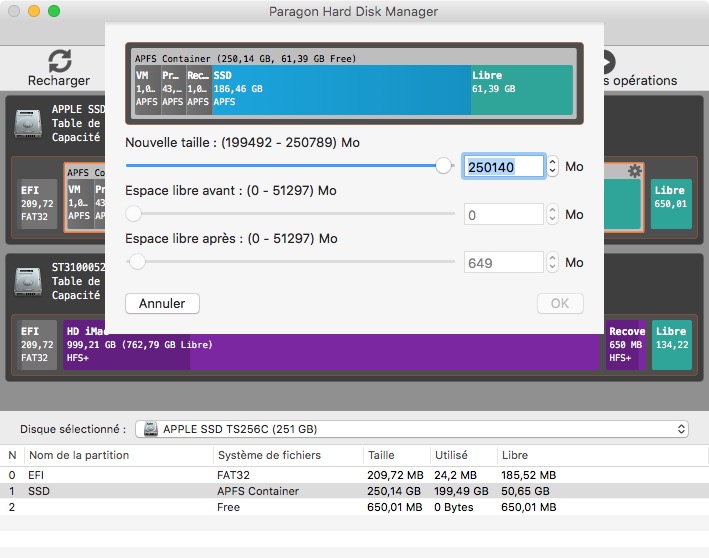

If you need to format this directory first, switch to Erase. This can be an external FireWire or USB drive, or an internal HDD or a flash drive of sufficient volume. Now we drag the icon of your start disk (X) into the window of the line "Source" (Source), and the icon of the disk into the line "Target" (Destination), on which will save your clone, for example, Backup. We launch this application and select the name of your system disk in the menu on the left, for example, X. By default, it is located in the Programs / Utilities folder (Applications / Utilites).

Disk Utility/Disk UtilityĪnother way to "grow" your "clone sheep" is to use the regular disk utility. Including the “backup” disk is not bootable and requires starting from the Mac Os X installation disk for recovery. Thus, Time Machine has the ability to back up your system in case of various failures and “roll back” back, but it is cumbersome and not very convenient for this purpose. Using this utility, we increase the intervals of “time jumps”, “curbing the appetite” of Time Machine itself, and adjust its backup sessions to a schedule that is convenient for us. For example, hourly on Mondays, daily after work, and so on. TimeMachineEditor will allow you to customize the schedule of your procedures more flexibly. In order to somehow level this, we turn to additional application, which allows you to configure Time Machine itself. The second problem is that automatic copying prevents it from working normally, starting by itself. After you create your first backup, Time Machine continues to save only changed files. The first of them is that it “gobbles up” disk space very quickly.

If you enable Time Machine in " System settings”(System Preferences), she herself will offer to create “backups” (backup copies) and ask for a directory to save them.īut Time Machine has a couple of drawbacks. Time Machine's automatic mode creates backups system and all important files on an external hard drive and must "go back in time" to restore system files in its original form at the moment you need it. First Opportunity Reserve copy your system is built into MAC OS X itself, starting with version 10.5 and later. Transferring Mac OS Mojave to an SSD or a new hard drive.


 0 kommentar(er)
0 kommentar(er)
